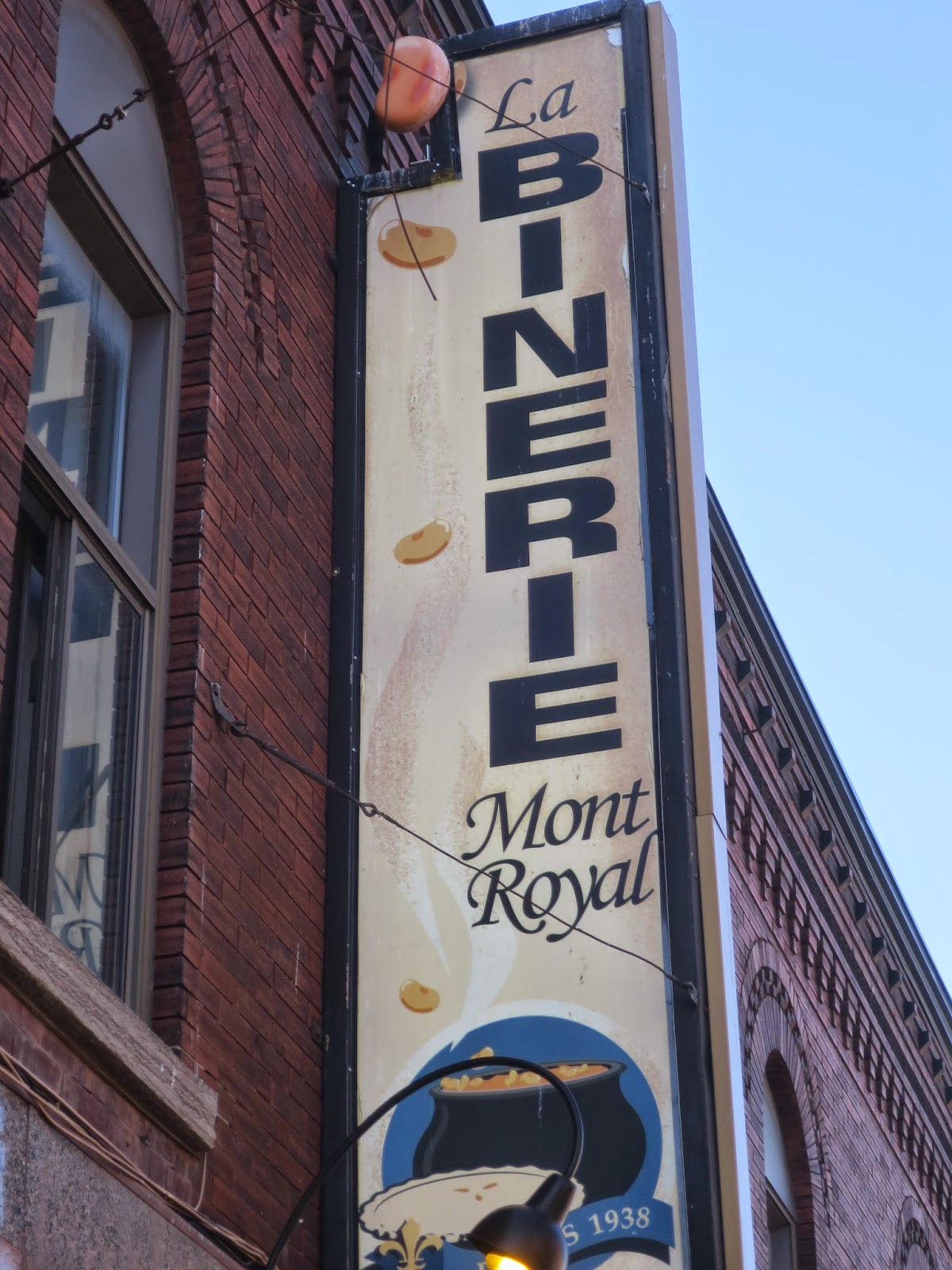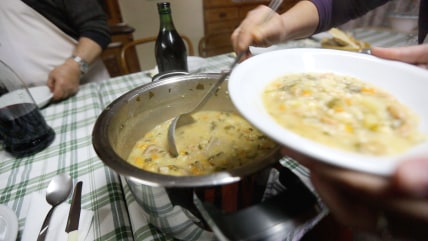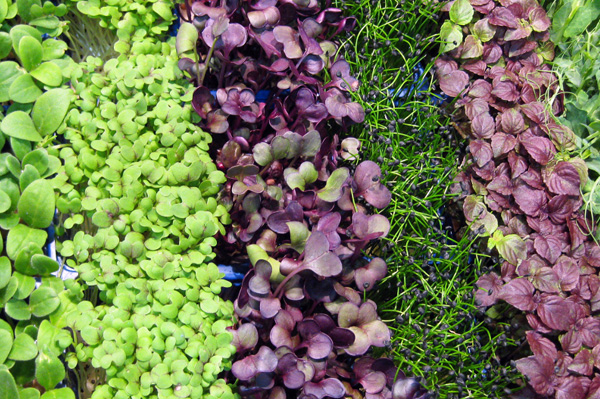We have all heard that old maxim that "You are what you eat." That continues to be true as scientists and nutritionists around the world study the effects of food on health and longevity. The early studies of Ancel Keys (VinnyPost "Monsieur Cholesterol" April 1st) introduced us to some major factors that contribute to living well and living long. Recently the TODAY show began a series of segments with a question, "Could a simple, inexpensive and easy-to-make soup help you to live longer?"
The hearty soup is eaten every day at lunch by the Melises family of Sardinia, claimed to be"the world's longest lived family." The recipe is a transitional one, based on whatever is currently growing in their garden, but it always contains lots of beans and also fregula, a toasted pebble-size semolina pasta. But if you cannot find that at your local mega-mart, Israeli couscous is a worthy substitute. The soup is full of protein from the beans and flavored with lots of vegetables and herbs. So it's as satisfying as it is healthy with less sodium and more fiber. And the longer the cooking time the better the flavors can meld together.
Melises Sardinian Minestrone Soup
Ingredients
1/2 cup dried peeled fava beans
1/2 cup dried cranberry beans
1/3 cup dried chickpeas
7 Tbsp EVOO
1 medium yellow or white onion, chopped (about 1 cup)
2 medium carrots, peeled and chopped (about 2/3 cup)
2 medium celery stalks, chopped (about 1/2 cup)
2 tsp minced garlic
1 (28 oz) can crushed tomatoes (about 1 1/2 cups)
3 medium yellow potatoes, peeled and diced (about 1 1/2 cups)
1 1/2 cups chopped fennel
1/4 cup loosely packed fresh Italian flat-leaf parsley leaves, chopped
2 Tbsp chopped fresh basil leaves
2/3 cup of Sardinian fregula, Israeli couscous, or acini di pepe pasta
1/2 tsp salt
1/2 tsp freshly ground black pepper
1/4 cup finely grated pecorino Romano (about 2 oz)
1. Soak the fava beans , cranberry beans and chickpeas in a large bowl of water for at least 8 hours or up to 16 hours (overnight). Drain in a colander set in the sink. Rinse well.
2. Warm 3 Tbsp of the olive oil in a large soup pot or Dutch oven set over medium-high heat. Add the onion, carrots, and celery; cook, stirring often, until soft but not browned, about 5 minutes. Add the garlic and cook until fragrant, about 20 seconds.
3. Stir in the tomatoes, potatoes, fennel, parsley, and basil, as well as the drained beans and chickpeas. Add enough water (6 to 8 cups) so that everything is submerged by 1 inch.
4. Raise the heat to high and bring to a full boil. Reduce the heat to low and simmer slowly, uncovered, until the beans are tender, adding more water as necessary if the mixture gets too thick, about 1 1/2 hours.
5. Stir in the pasta, salt, and pepper. Add up to 2 cups water if the soup seems too dry. Continue simmering, uncovered, until the pasta is tender, about 10 minutes.
6. Pour 1 Tbsp of olive oil into each of four serving bowls. Divide the soup among them and top each with 1 Tbsp of the grated cheese.
Tip: You can vary the beans in the minestrone: pinto beans make a good substitute for cranberry beans; great northern or cannellini beans, for the favas.




































